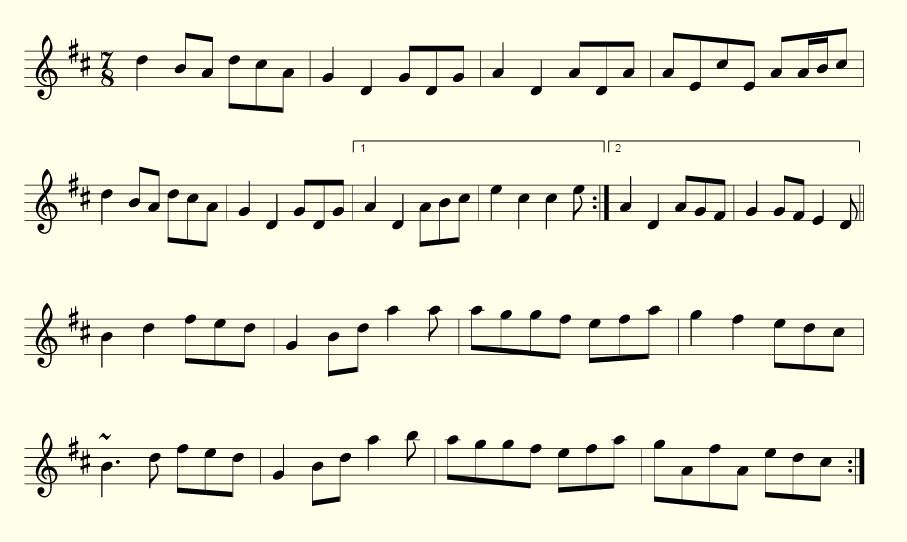Tips on Advanced Flute and Tin Whistle Repertoire by Ciara Jackson
I recently complete a performance exam as part of my studies at Queen's University, displaying what I had learnt throughout the term. The ensemble I performed with included myself on flute, a whistle, a banjo and a guitar and we playedfour sets of tunes and one song which lasted around 20 minutes in total. Below I will discuss one of the tunes I found the most enjoyable to learn and perform.
Brian Finnegan’s The Ravishing Genius of Bones (Singing Tree Music, 2010)
The first solo release from Armagh-born whistle and flute player Brian Finnegan, The Ravishing Genius of Bones, is a brilliant exponent of contemporary performance practices in traditional music. The album draws on many different musical influences (from Irish group Flook to Russian rock group Aquarium) and combines them with a beautiful and virtuosic instrumental technique. It consists largely of newly composed tunes by Finnegan himself as well as other musicians, such as Damien O’Kane (‘Castlerock Road’ from Track 6).
‘Marga’s’ (Track 3) is the tune we played for our performance. Labelled a slip jig, which is the dance type written in a 9/8 time signature, this tune is actually written in the unique time signature of 7/8. At first the timing may seem a bit strange and uncertain but after a bit of careful listening and playing the really enjoyable character should come out.
'Marga's Moment' (Source: The Session)
The first recording I suggest listening to is by Brian Finnegan himself with William Coulter on guitar. In this live performance we can get a grasp of the melody, which is quite simple with little ornamentation. Although the techniques which Finnegan does include, such as notes bends and slides, can be heard very clearly. William Coulter has provided a range of guitar accompaniment, firstly by doubling the melody line in unison and then with each repeat of the tune his playing becomes more strummed with chordal accompaniment.
Another interest performance, again by Finnegan and Coulter, shows how the tune can be played around with and arranged in a way to suit the ensemble. This version starts with Coulter playing the melody on solo guitar with Finnegan accompanies on the flute with percussive techniques. Then Finnegan takes over the melody on the flute with Coulter providing plucked harmony on the guitar. Further into the performance Finnegan has some fun with the tune and improvises a little over the chordal accompaniment, which may be an interesting approach to those with experience in contemporary music or improvising!
One thing to note is that in the first recording Finnegan is playing an F whistle so unless you are also playing on an F whistle it is impossible to play along. For the purpose of playing along on a D instrument, I recommend the second recording in which Finnegan is playing the flute.


